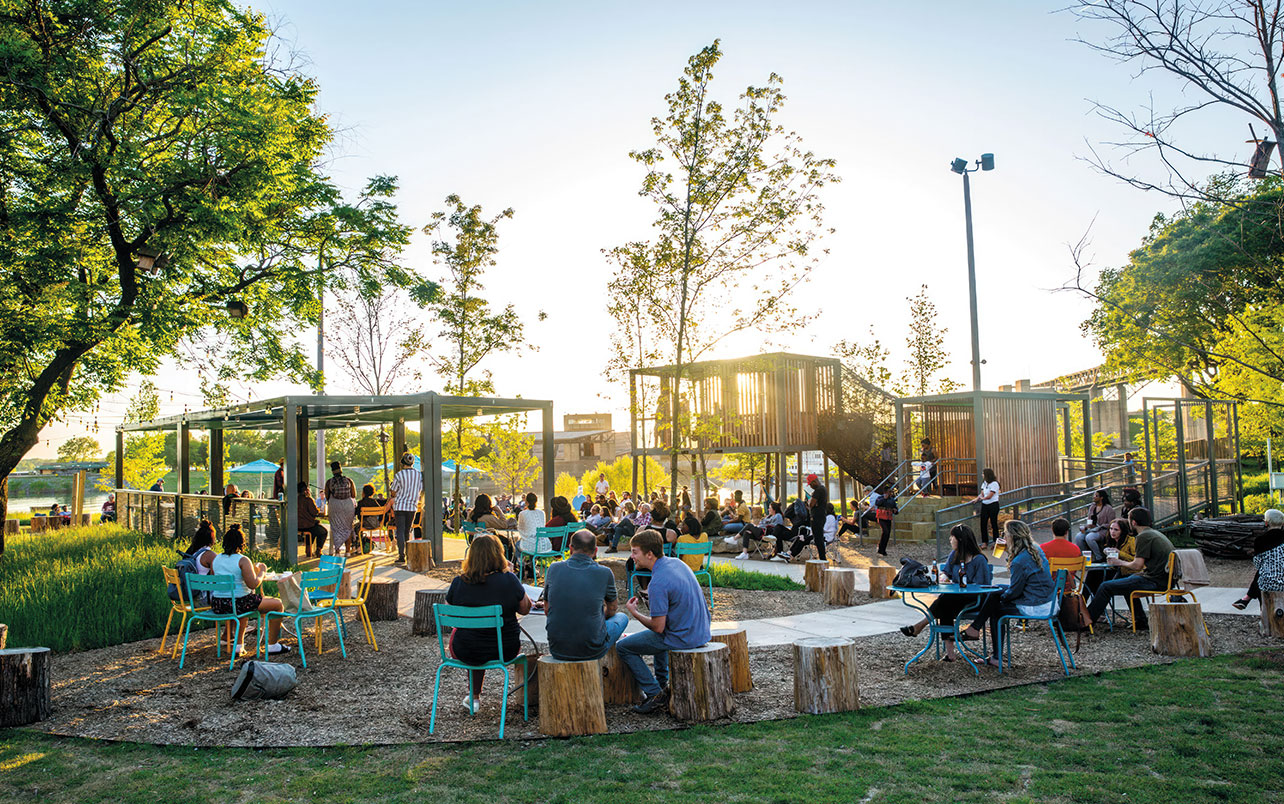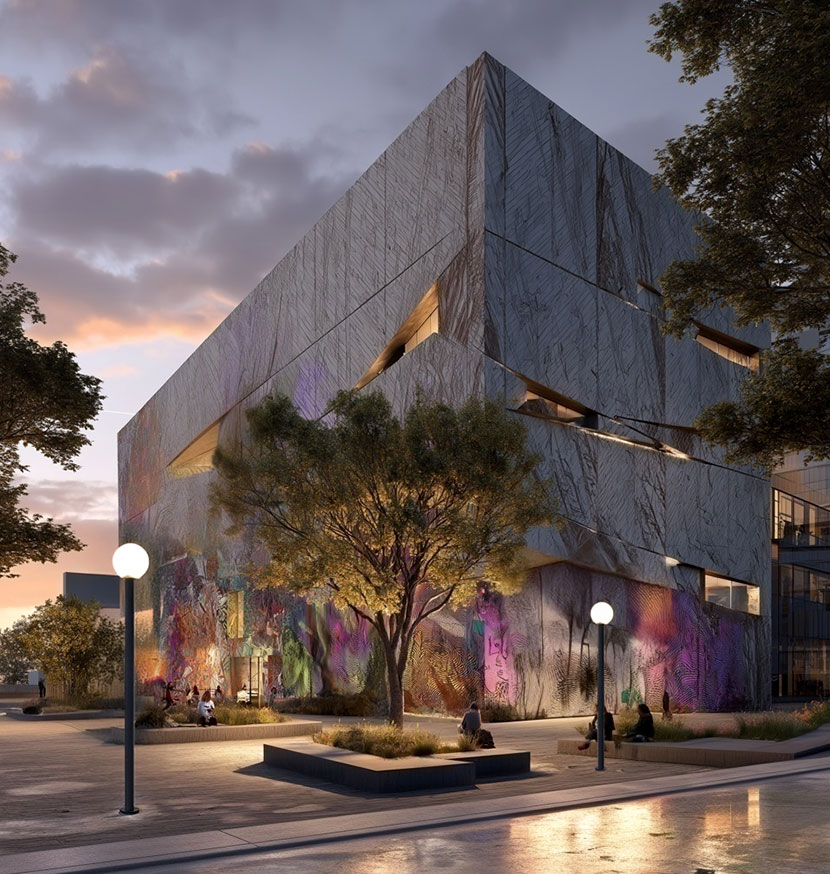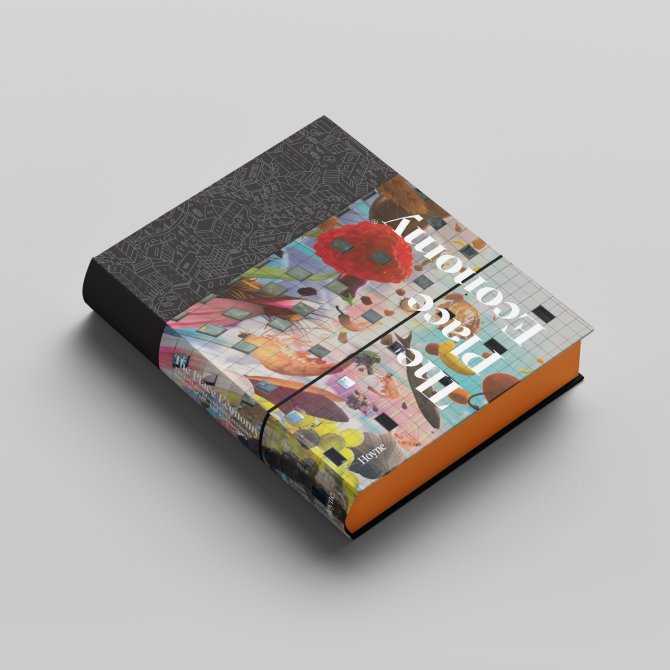
Greenfield is in focus, but this time it must be smarter
Place Strategy Director, Tom Oliver Payne, shares his thoughts on how to build compact, character-rich greenfield communities that carry a clear identity and narrative from day one.
Recent policy emphasis has tilted toward brownfield renewal and transit-oriented development: squeezing more value from what we already have, and rightly so. But the reality is we also need new release areas. Greenfield is not bad; it’s simply part of the answer, and it needs to be done differently.
When we lean into greenfield again, we risk repeating past mistakes: sprawl, sameness, car-dependent layouts. The opportunity now is to build compact, character-rich communities that carry a clear identity and narrative from day one. That’s why Place Visioning must lead.
Place Visioning sets the direction and holds the masterplan together. When done first, it allows us to:
- Analyse the surrounding context, infrastructure, retail and community, to identify opportunities and points of difference
- Understand who the place is for and design for them
- Protect and amplify natural features that inform the experience
- Shape structure and connections around clear sightlines and memorable, people-focused experiences
- Identify the best locations for public art, landmarks and community anchors
Doing it in that order of context and audience first, then form and expression, ensures every decision is grounded and effective rather than arbitrary.
At Hoyne, we’re currently working across NSW, VIC, QLD, SA and the ACT to help clients uncover the site DNA: the one-of-a-kind elements that make a place sing.
Ridgeline as the masterplan centrepiece
On one project, a single ridgeline became the anchor for everything that followed. The display village, main street and public spaces were shaped around it, with sightlines converging on the crest. That view becomes both the physical and emotional centre of the project: the image people remember and the one that will frame its future marketing identity.
Character carried forward
In another growth area, we looked to the district’s basalt and bluestone architecture, that mid-Victorian vernacular that still defines many country towns. Working with the urban design team, we brought those cues forward into new design guidelines. At the heart of the plan sits a 150-year-old post office, reimagined as the creative anchor of the new town centre: starting life as a display suite, then evolving into a restaurant over time.
Cricket as community glue
On a different site, it was culture rather than topography that led. The community’s love of cricket became the thread that tied the place together: fields, pavilions, weekend games and shared green spaces shaped the rhythm of daily life. It’s a reminder that place isn’t only designed, it’s lived into being.
One of the most powerful outcomes of early Place Visioning is that it brings all project teams onto the same page: planners, landscape architects, designers, engineers and marketers. Rather than each discipline focused on their area of expertise, through facilitation and collaboration, everyone works toward a single overarching framework. The shared vision becomes the guide that helps teams make the right trade-offs when pressures mount. This alignment matters most in greenfield projects, which need strong purpose and aspiration to rise above the sea of sameness.
Place Visioning – For developers:
- A single overarching framework that unites all disciplines around shared intent
- A clear narrative that supports approvals and stakeholder confidence
- A point of difference in a crowded market
- A vision-led process that guides trade-offs and decisions when pressures mount
- Smarter investment: fewer “what ifs,” fewer revisions, less waste
Place Visioning – For government and planning agencies:
- Compact, well-integrated communities that align with infrastructure investment
- A shift from generic sprawl to places that feel anchored and purposeful
- Confidence that growth can deliver both housing quantity and quality
Greenfield is in focus. But it must be smarter, rooted in place and shaped around people. Masterplans don’t start with lines. They begin with vision.
Back




